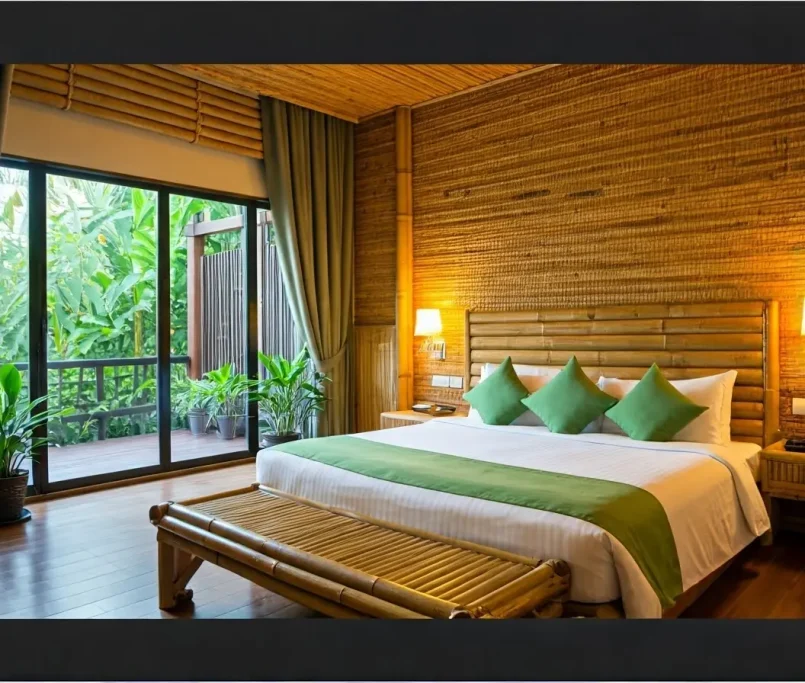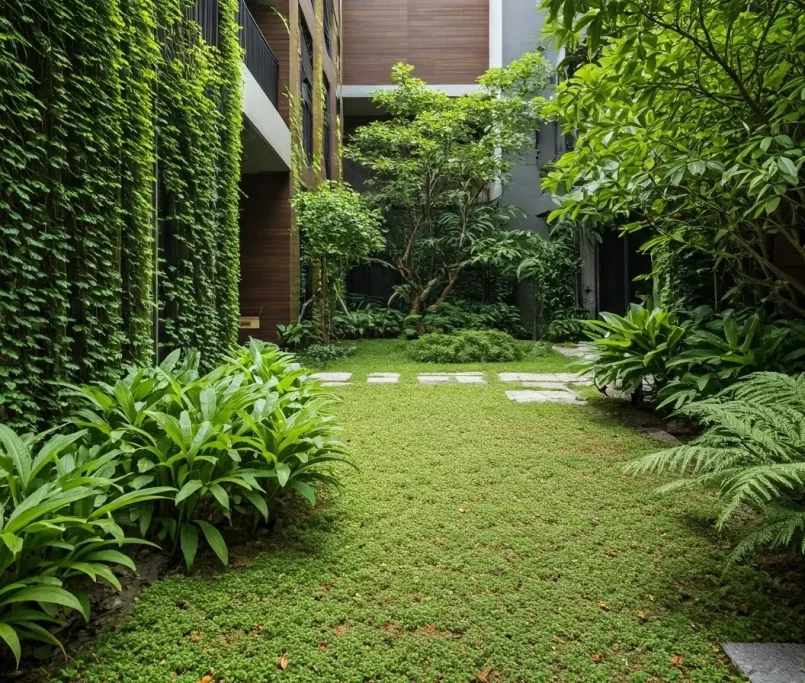How to Incorporate Sustainable Materials into Your Bespoke Interiors?
In the world of bespoke interiors, sustainability is becoming more than just a trend—it’s a necessity. Incorporating sustainable materials into your custom designs not only benefits the environment but also adds a layer of meaningfulness and uniqueness to your space. This guide will walk you through the basics of choosing sustainable materials for your bespoke interiors in a simple, friendly, and engaging manner.
Understanding Sustainable Materials
Sustainability in materials means looking for resources that are environmentally friendly throughout their lifecycle – from extraction and processing to use and eventual disposal. Bespoke interiors benefit from such materials, as they warrant longevity, minimal environmental impact, and a reduced carbon footprint.
Common sustainable materials include bamboo, recycled glass, and reclaimed wood. These not only contribute to a greener planet but also add unique textures and stories to your living space.
Understanding the origin of materials is crucial. For instance, bamboo is highly renewable due to its fast-growing nature, making it a top choice for sustainable projects.
Identifying Your Style and Needs
Blending sustainability and style starts with identifying your personal aesthetic and how it can align with eco-friendly choices. Whether you’re drawn to modern minimalism, rustic charm, or eclectic mixes, there are sustainable options to suit every taste.
Consider the functionality of each room and the materials that can support this. Kitchens and bathrooms, for example, may benefit from durable recycled glass countertops, while living areas can be enhanced with organic cotton or linen textiles.
Researching Sustainable Resources
The next step involves thorough research to find sustainable materials that fit your design. Look for certifications such as FSC (Forest Stewardship Council) for wood and GreenGuard for low-emission materials to ensure they meet environmental standards.
Attending eco-friendly home shows or consulting with sustainability-focused interior designers can also provide valuable insights and access to exclusive materials.
Evaluating Suppliers and Materials
Not all suppliers who claim to be sustainable are created equal. Evaluating their commitment to the environment, such as their sourcing practices and any third-party certifications, is necessary to ensure the authenticity of their claims.
Asking for samples can also help in assessing the quality and feel of the materials, ensuring they meet your bespoken interior standards.
Incorporating Sustainable Materials into Design
Incorporating sustainable materials into bespoke interiors requires a balance between aesthetics, functionality, and eco-friendliness. Consider using recycled metal for statement pieces or reclaimed wood for flooring to add character and history to your space.
Innovative use of materials, such as repurposed glass bottles for lighting fixtures, can become focal points that highlight your commitment to sustainability.
Caring for Sustainable Interiors
Proper care and maintenance are crucial for prolonging the life of sustainable materials. Using non-toxic cleaning agents preserves both the quality of the materials and the indoor air quality of your home.
Regular maintenance, tailored to the specific needs of each material, ensures that your bespoke interiors remain stunning and sustainable for years to come.
Future Trends in Sustainable Bespoke Interiors
Sustainable living is continuously evolving, with innovations providing new ways to incorporate eco-friendly materials into interior design. From bio-based materials to advancements in recycling technology, the future of sustainable bespoke interiors looks promising.
Keeping an eye on these trends and being open to integrating new, sustainable materials into designs ensures that bespoke interiors stay at the forefront of both style and sustainability.
Embracing Sustainability in Your Space
Making the shift towards sustainable materials in your bespoke interiors is a meaningful step towards creating spaces that are not only beautiful but also environmentally conscious. By following these simple steps, you can contribute to the sustainability movement while achieving a custom look that reflects your personal style and values. Remember, every choice towards sustainability is a step towards a better planet for future generations.












